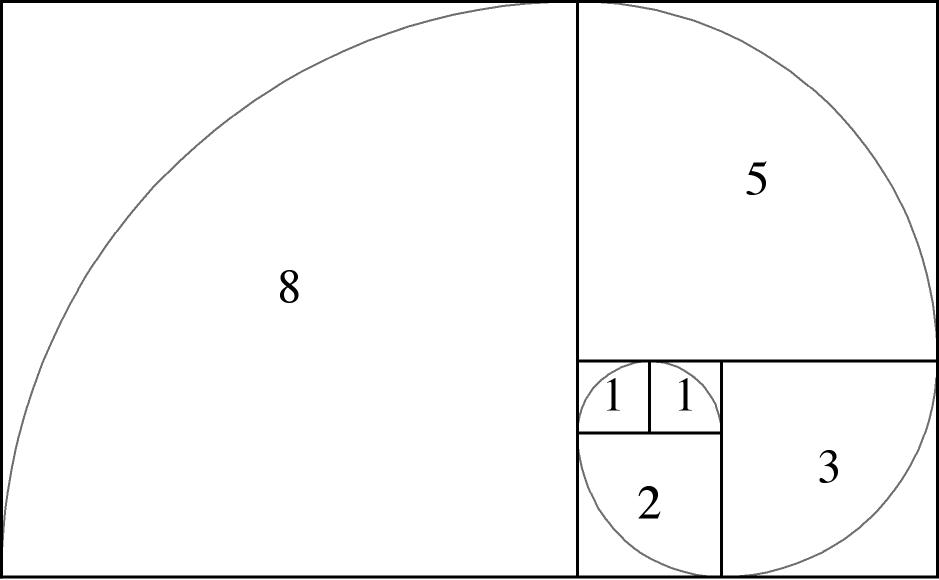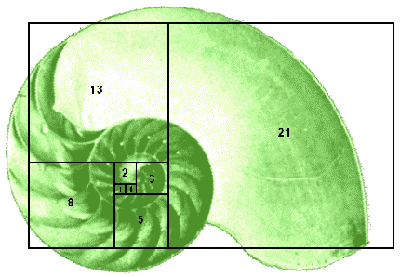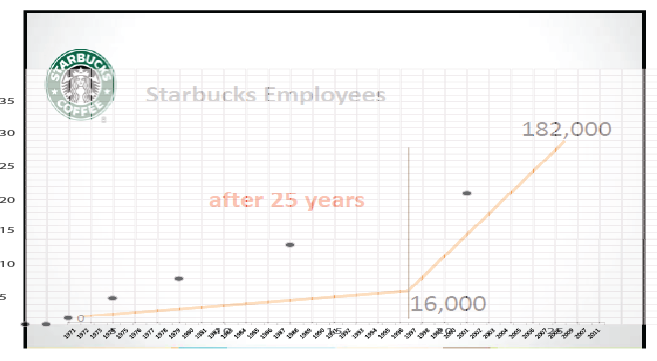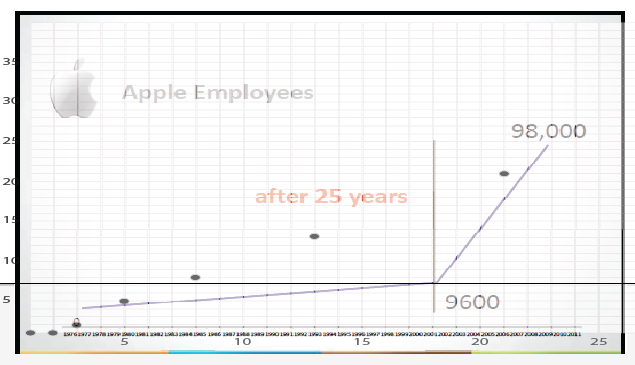By: Martin Grunburg
In a previous post I shared with you my newfound appreciation for “the slow.” What is the slow? In essence, it’s nature or the natural world. An understanding and appreciation for maturation and what it takes to produce value – the time and concentrated, focused energy involved.
A recognition of craft, and knowing that the production of value and art takes time.
YOU are part of the slow. You are part of nature.
Yet, my guess is you’d like to grow and achieve success fast. And why not, right?
Well, it turns out that nature and the natural world have other plans.
When writing and studying HABIT I found myself revisiting the Fibonacci sequence and the closely related Golden Ratio. Each demonstrates that energy (given its choice) naturally seeks out patterns and rhythm. If that weren’t the case, each of these phenomena wouldn’t have been “discovered.”
You can see this evidence throughout nature, whether it’s a weather spiral, a universe, nautilus or even a pine cone spiral. Patterns throughout the natural world – schools of fish swimming, sand dunes in the wind, snowflakes. Patterns. Energy patterns everywhere throughout the universe, even in your own DNA.


Dr. Stephen Covey used to say, “When it comes to relationships, slow is fast. He enjoyed pointing out that you can be efficient with things, but you can only be effective with people. And, he would joke, “Just try to be efficient with your teenage daughter.” Relationships, he assured us, are based upon trust, and as we know, trust takes a great deal of time. Therefore, slow is fast.
Here’s the correlation: Since you are bound to nature and its natural laws, you can bet that your business venture – whatever it is – as an extension of you, is going to take time … slow is fast.
To emphasize this idea, Jim Collins described something he identified as the Flywheel concept (video) in his bestseller, Good to Great. The idea is that after many, many years, the cumulative effect of several different efforts begins to gather so much momentum that the organization/company hits a great inflection point (finally), and BOOM! The growth comes much faster, in some cases exponential, and is far easier. Interestingly, this is often 20+ years down the road.
As I began to overlay these ideas — that we/our organizations are an extension of the natural world (as they must be) alongside the classical patterns of energy, the Golden Spiral/Fibonacci sequence – an interesting thought occurred to me. What if we dropped some of our favorite companies like Apple or Starbucks (both well over 25 years old) and compared their growth pattern? Would we see perhaps sequential growth that might mirror the Fibonacci sequence?

By overlaying the Fibonacci sequence (numbers=X, years=Y): 1,1,2,3,5,8,13,21,34 (black dots). [Charts courtesy of Gazelles, Verne Harnish and hist latest book, Scaling Up]. Keep in mind these are only graphs of the employee count (growth), not revenue. And while the trajectory of the employee count isn’t an exact match, the relative end points are in the same neighborhood, particularly when you get out 21 and 34 years.
So, just like the Fibonacci sequence, very little appears to be happening years one and two, despite undoubtedly enormous effort! Three years later and you can barely notice an uptick. It’s not until year five that you have a very small spike. BTW: That’s if you’re still in the game five years later. Apparently, 90-plus percent of businesses don’t make it past year five, and looking at that graph you begin to understand why. That’s pretty discouraging, right? It takes about eight years before you even feel like you’re playing ball. That’s right, EIGHT years later. Now, if you can make it to year 13 then you likely have a substantial company, and at year 21 things begin to really POP! Twenty-one years later.
Slow is fast.
Of course, this suggests that you are doing the other things right; sales, finance, strategy, processes, etc., or mostly right in order to stay in the game that long.
What’s interesting is in many ways, this matches Mr. Collin’s Flywheel (which in the Good to Great illustrations actually shows the first dozen-plus years as essentially flat-lining before the Flywheel kicks in). Yet, with the Fibonacci sequence there is (dare I say) a more natural, gradual and slow growth pattern throughout those early years.
Yes! I know you’re thinking about all those exceptions like Facebook and Twitter and Uber. Just like in nature there are always exceptions, unique situations, unicorns that make all this seem like dumb, old-school thinking, right? That the Flywheel or even this crazy Fibonacci sequence doesn’t apply in this high-tech world. Nature shmature, you may say.
Well, crazy enough, Facebook is already 11 years old. Twitter is nine. Google is 18 and Apple is 40! It’ll be fun to see what Uber looks like at 21! As we know the same tech that creates rapid growth is often a double-edged sword.
It’s almost comical to note that both Confucius and of all poeple Monty Hall had a glimpse into this awareness long ago…
“The best time to plant a tree was twenty years ago, the second best time is now.” ~Confucius
“Actually, I’m an overnight success, but it took twenty years.” ~Monty Hall
Comments remained turned off. ; ) To reach me and share your thoughts you can find me (twitter) @thehabitfactor or email me at mg AT thehabitfactor(com)
